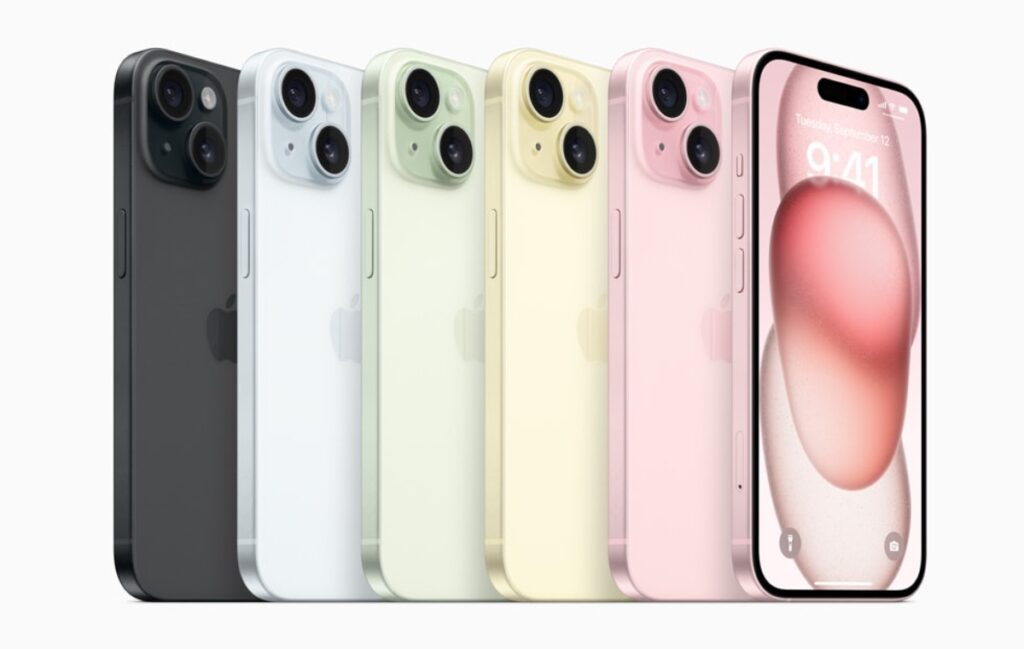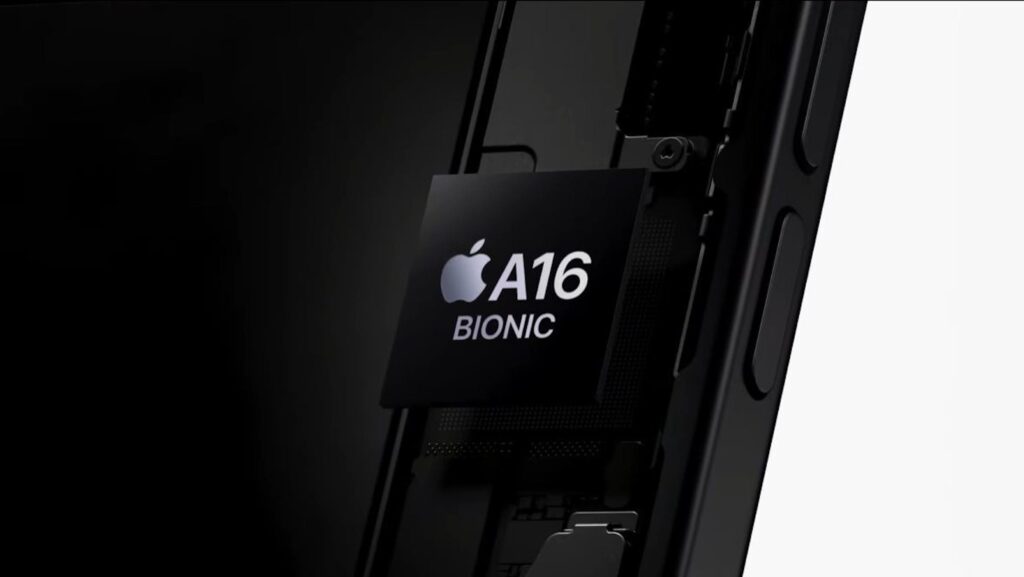
At the 2023 Wonderlust event, Apple introduced the new iPhone 15 as the successor to the iPhone 14. The iPhone 15 comes with improved battery life, enhanced camera capabilities, and the A16 Bionic chip, which was previously exclusive to the iPhone 14 Pro and Pro Max models. Like every year, the base variant, the iPhone 15, has garnered significant attention in this year’s lineup due to its more affordable starting price of $799 for the 128GB model. It offers a balance between affordability and feature-packed specifications compared to its “Pro” counterparts and offers several new features, including Dynamic Island and the new USB Type-C charging port.
While the iPhone 14 and iPhone 15 share many features and have a similar design, there are notable differences, such as the introduction of Dynamic Island and the USB Type-C port in the iPhone 15. If you’re wondering whether to stick with the iPhone 14 to save money or upgrade to the iPhone 15 to experience these new features, let’s compare the two models to help you make an informed decision.
iPhone 15 vs iPhone 14 : Specs Differences

iPhone 15 vs iPhone 14: Design Differences
Apple is not typically known for making significant design changes to its iPhones, and the iPhone 14 maintained the same design and build as the iPhone 13. However, the iPhone 15 introduces a new element with its color-infused glass back. Apple explained that the iPhone 15 is the first iPhone to feature color “embedded throughout a single piece of durable color-infused glass.”
On the front of the iPhone 15, you’ll notice the inclusion of the pill-shaped Dynamic Island, a feature previously exclusive to the Pro models. The device also continues to offer the Ceramic Shield for added durability, a feature carried over from the previous model. Nevertheless, despite these protective measures, iPhones can still be vulnerable to damage from accidental drops. To protect your iPhone 15, you may want to consider investing in one of the best iPhone 15 cases, just as the best iPhone 14 cases were used to safeguard older models.
Another noteworthy addition to the iPhone 15 is the USB-C port, which has replaced Apple’s proprietary Lightning port. However, it’s important to note that the USB-C port on the iPhone 15 comes with a limitation, which will be discussed further in the following section.
On the rear side, the iPhone 15 retains the same design as the iPhone 14, featuring dual vertically stacked camera lenses. It’s available in five different colors: Pink, Yellow, Green, Blue, and Black.

iPhone 15 vs iPhone 14: Display Differences
Once again, the non-Pro iPhone model features the same 6.1-inch Super Retina XDR display as the previous generation. The iPhone 15’s display continues to offer HDR support and boasts a peak brightness of 1600 nits, an improvement over the iPhone 14’s peak brightness of 1200 nits.
Additionally, just like the iPhone 14 series, you still have the option to choose a larger display with the iPhone 15 Plus, offering a more expansive 6.7-inch screen, akin to the iPhone 15 Pro Max. With the iPhone 15, Apple has made the transition from the notch design to the Dynamic Island, a feature that was previously exclusive to the iPhone 14 Pro models.

However, despite these updates, it’s worth noting that the iPhone 15 still maintains a 60Hz refresh rate, whereas the Pro models offer a higher refresh rate. Some users might have hoped for a higher refresh rate in the non-Pro iPhone 15 models as well.
iPhone 15 vs iPhone 14: Cameras Differences
In the camera department, the iPhone 15 boasts significant upgrades compared to the iPhone 14. The new iPhone 15 inherits the 48MP sensor with a ƒ/1.6 aperture from the iPhone 14 Pro, alongside a 12MP ultra-wide camera. Apple has also enhanced Night Mode, resulting in sharper details and more vibrant colors thanks to the new camera sensor on the iPhone 15.
Another noteworthy improvement in the iPhone 15 is its ability to detect people in the frame more effectively and capture richer depth information in photos.

The front-facing camera on the iPhone 15 remains largely unchanged from the iPhone 14, with the exception of the support for Smart HDR 5.
iPhone 15 vs iPhone 14: Performance Differences
Before the iPhone 14, each new iPhone release typically introduced a new chipset, but Apple changed this pattern, reserving the new chipsets for Pro models only. This trend continues with the iPhone 15 series, as the iPhone 15 is equipped with the A16 Bionic chipset, which was previously featured in the iPhone 14 Pro models.
The A16 Bionic chip comprises a 6-core CPU, a 5-core GPU, and a 16-core neural engine. This places a considerable performance gap between the iPhone 15 and iPhone 14. Performance-wise, the iPhone 15 models are expected to be on par with the iPhone 14 Pro and Pro Max, although they lack some advanced features like high refresh rates and Pro-level camera technology.

Built on a 4nm architecture, the A16 Bionic chip surpasses the A15’s 5nm design. In simple terms, the A16 Bionic chip can accommodate more transistors in the same space, resulting in improved performance and efficiency compared to its predecessor. Additionally, Apple claims that the A16 consumes 20% less power than the A15, which should lead to enhanced battery life. If you seek ultimate performance, upgrading to the iPhone 15 is a wise choice.
iPhone 15 vs iPhone 14: Battery Life and Charging Differences
If you’re considering upgrading to the iPhone 15 from the iPhone 14, the most significant change could be the inclusion of the USB-C port on the newer iPhone. However, apart from this major update, there don’t appear to be any improvements in battery life, at least according to the official specification sheets. It’s important to note that the USB-C port on the iPhone 15 supports the USB 2 charging standard, offering the same charging speed as the Lightning port. There is no increase in charging speed with the USB-C port on the iPhone 15.
According to Apple, the iPhone 15 is rated for up to 24 hours of battery life, and the company claims it can last a full day with moderate usage. The iPhone 14 offers up to 20 hours of video playback, 16 hours of streaming video, and 80 hours of audio playback. Apple has stated that the iPhone 15 will offer the same battery life as the iPhone 14. Therefore, there doesn’t appear to be a change in battery life between the iPhone 15 and iPhone 14. Further battery performance testing will be conducted once we have access to the iPhone 15 unit.
iPhone 15 vs iPhone 15: Pricing Differences
The pricing is a critical factor when comparing the iPhone 15 and iPhone 14. The starting price for the iPhone 15 is $799 for the base variant with 128GB of storage. In contrast, the iPhone 14 now starts at $699 and was launched at $799 last year. In other words, the iPhone 15 is $100 more expensive than the iPhone 14.
iPhone 15 vs iPhone 14: Final Verdict
The update from the iPhone 14 to the iPhone 15 is quite significant. Last year, we mostly saw incremental changes from one Pro model to the next.
With the iPhone 15, Apple has made substantial upgrades. The new Dynamic Island, 48MP camera, improved chipset, and USB Type-C port distinguish the iPhone 15 from its predecessor. Plus, with the same launch price as the iPhone 14, it doesn’t appear to have any drawbacks compared to the outgoing models.

0 Comments